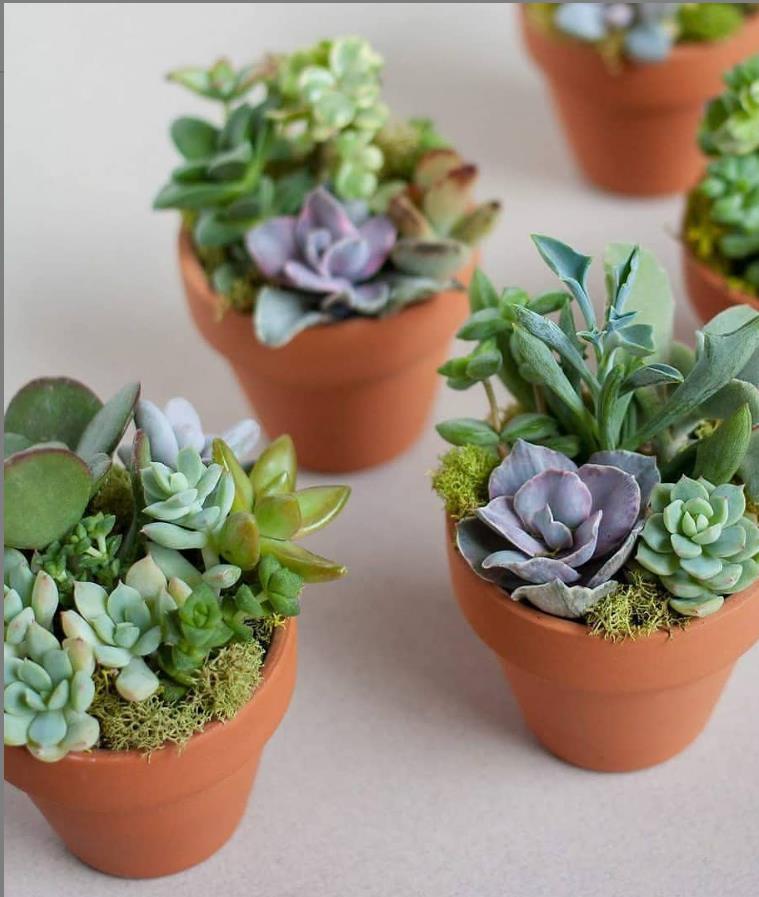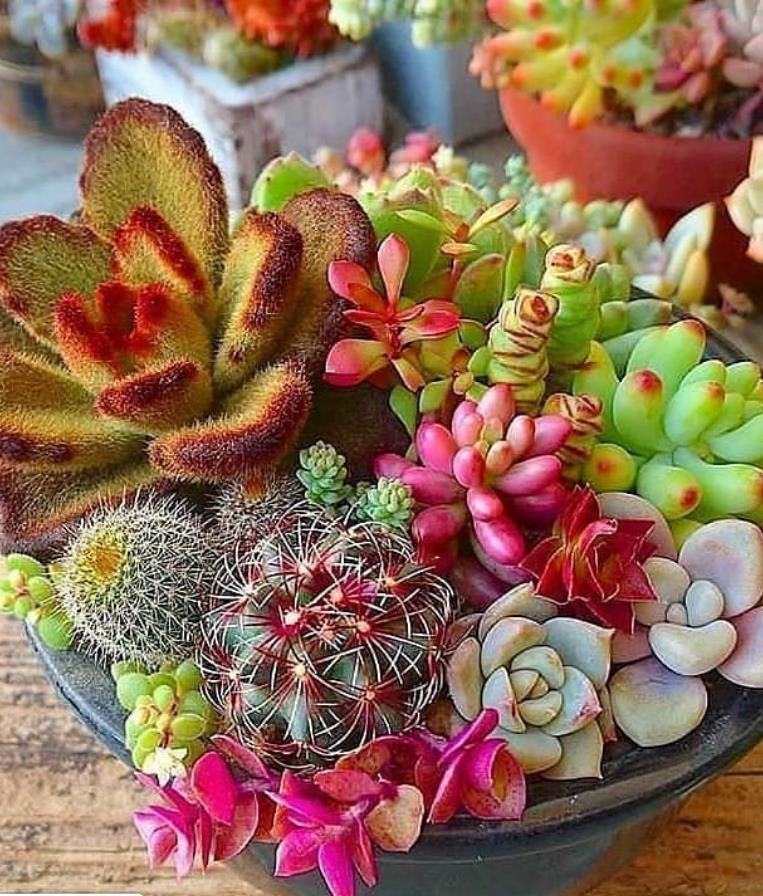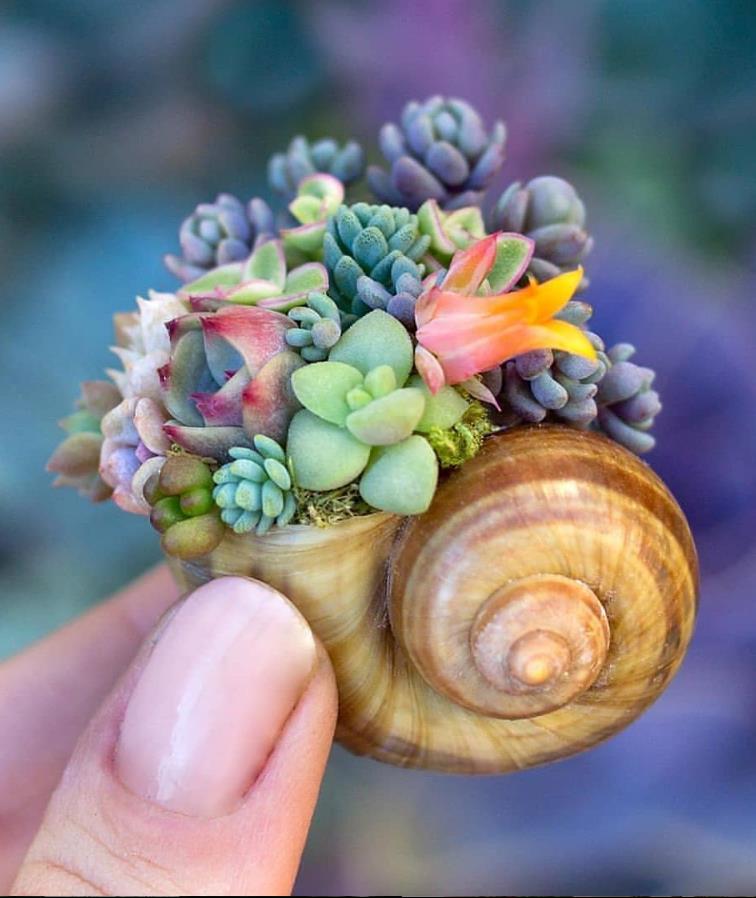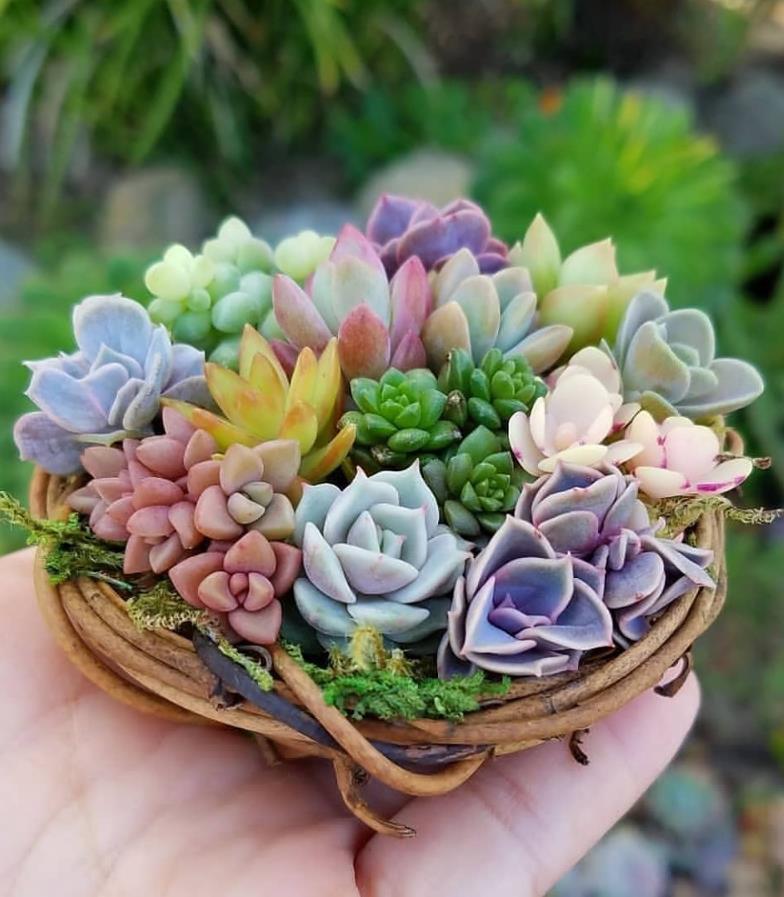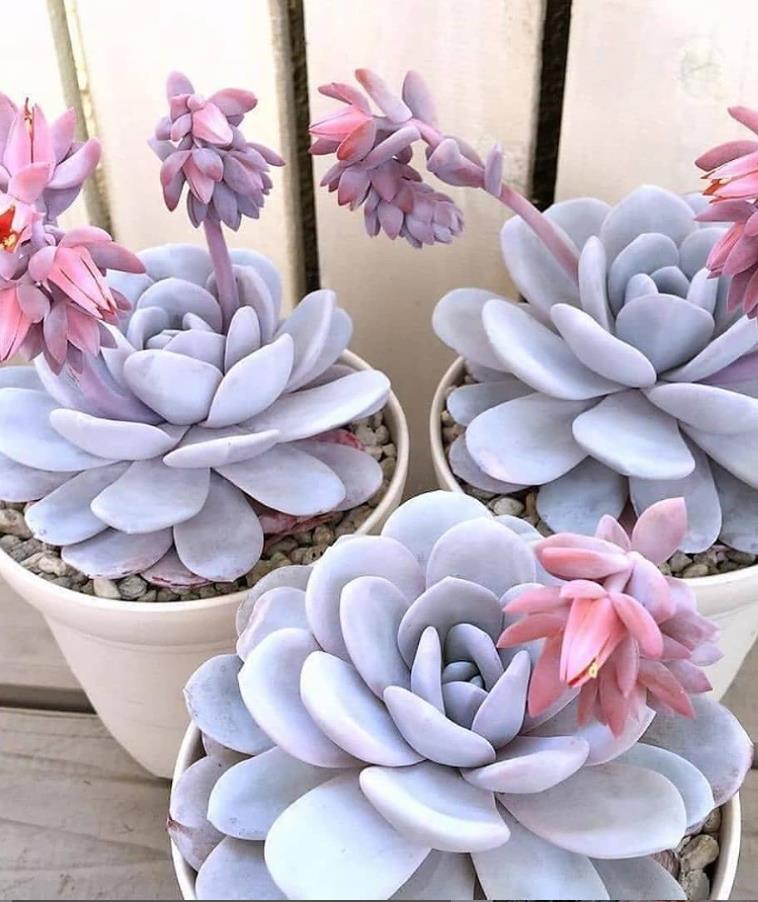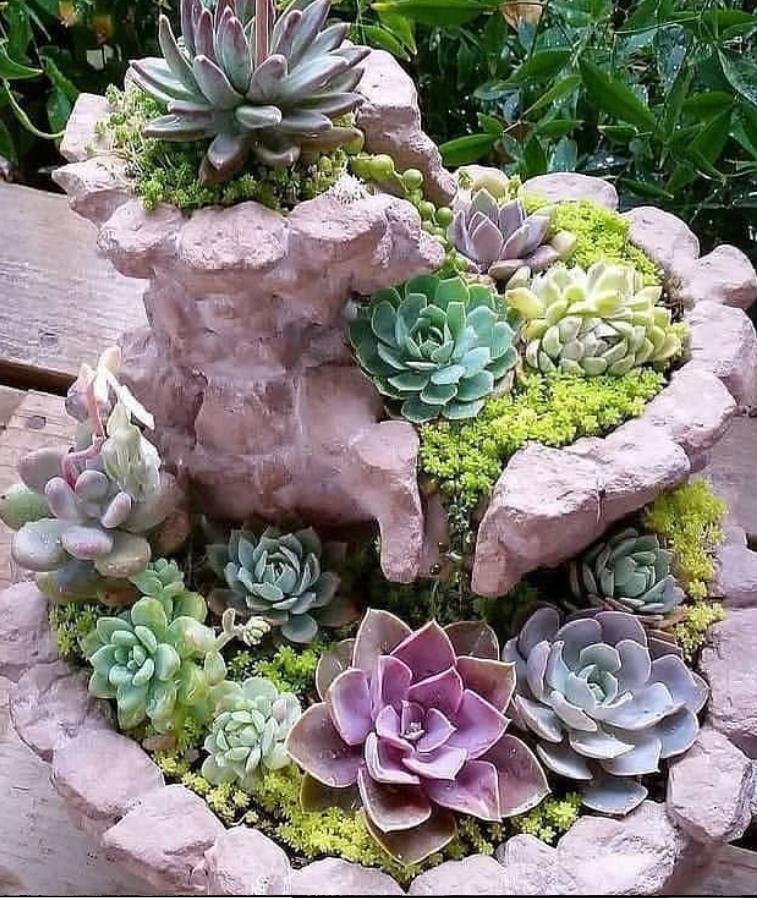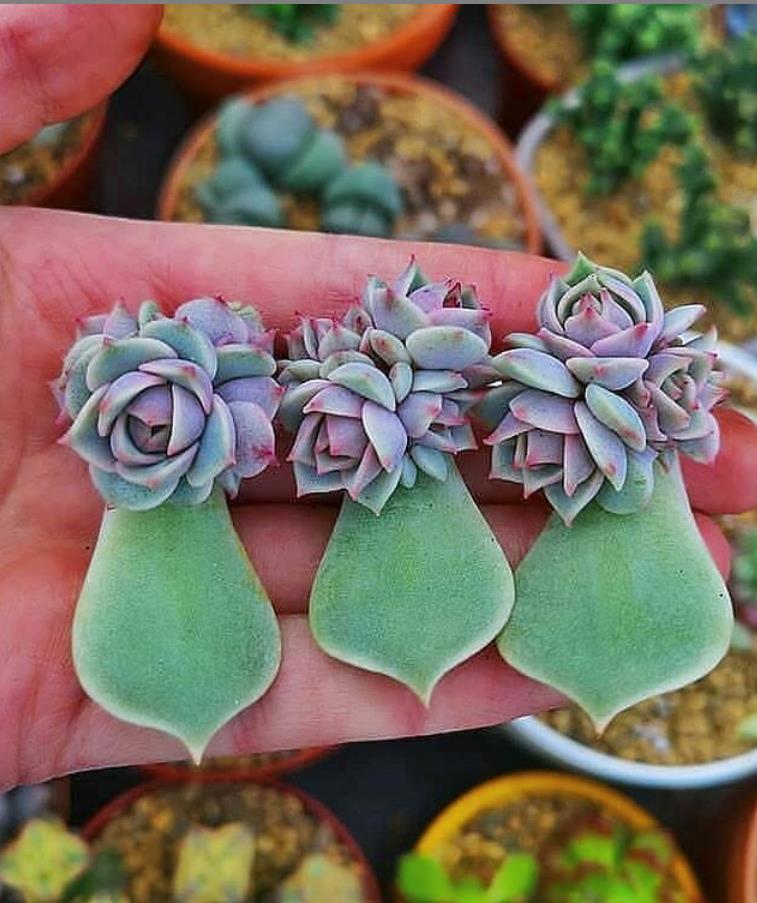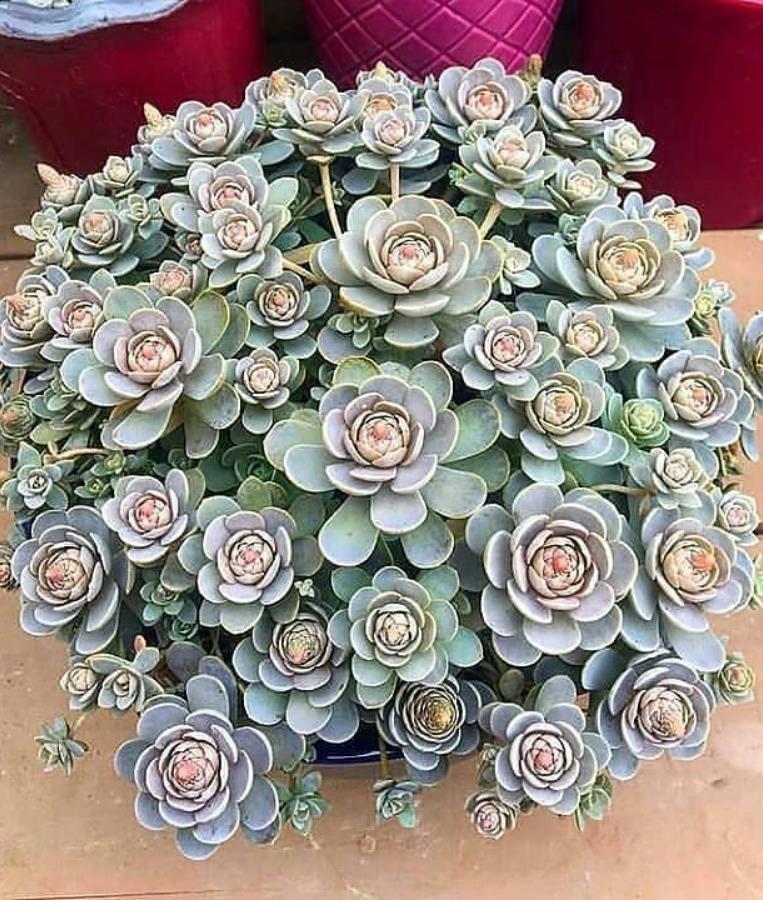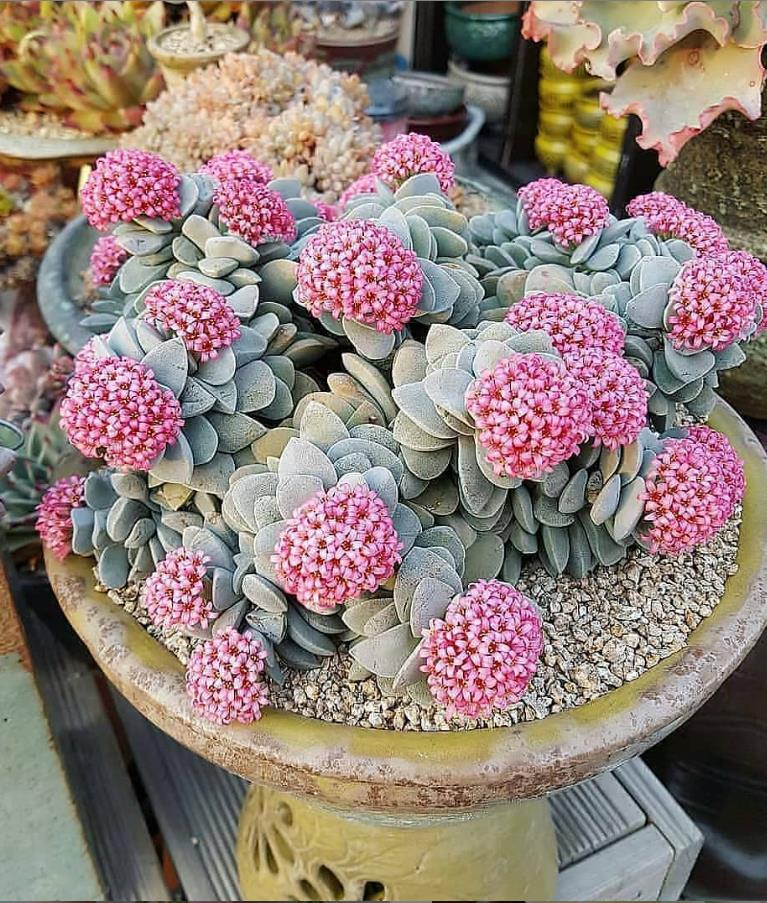Pay Attention To My Friends Who Raise Succulent Plants,Don’t Do These Four Root Injuries
If you want to have a good succulent plants , first of all, you need to have a good root system. Only when the root system is healthy and strong, the fleshy leaves can be full and fat, and the plants can be healthy. Moreover, it’s easier for the fleshy plants with a healthy root system to survive in summer and winter, and it’s also very easy to crack their heads and color their heads.
Today, we’ll talk about the four behaviors that hurt the root most when we raise a lot of succulent plants . New friends must bear in mind.





1,Frequent soil turning
In fact, many new fleshy flower friends also understand the importance of root system for the cultivation of fleshy roots, so they pay special attention to fleshy roots. Just as the so-called “care is chaos”, excessive care leads many flower friends to open the fleshy pot soil to observe the fleshy roots in three days when they are raising fleshy. Although the soil is only turned on the surface, it does not cause much damage to fleshy roots, but In fact, in addition to the thick fleshy roots, there will be some capillaries. If the soil is turned over, it will inevitably cause damage to the capillaries. If the times are too many, the absorption capacity of the fleshy roots for water and nutrients will be greatly reduced. It will also cause wounds on the fleshy roots, which is easy to cause disease and infection.

Suggestion:
In the process of raising succulent plants , we should not judge the health degree of the succulent root system by turning the soil, but check whether the succulent root system is healthy and ensure the health of the succulent root system when a large area of the succulent leaves are shriveled or withered, yellow and black rot occurs, which should be carried out by means of prevention rather than after inspection.





2,The soil is too thick
The most important thing is to keep the fleshy root system in a ventilated and ventilated aerobic environment. This is mainly achieved through basin selection and soil mixing. Once the soil is too thick, the fleshy root system will be in a state of excessive humidity or lack of oxygen for a long time, which will cause serious damage to the fleshy root system over time.

Suggestion:
The demand for nutrients is not very large, so in the process of soil allocation, the content of granular soil should be at least 50%, or even 70%. It is better to make the succulent plants grow slowly, but also to prevent the risk of water logging and root rot.



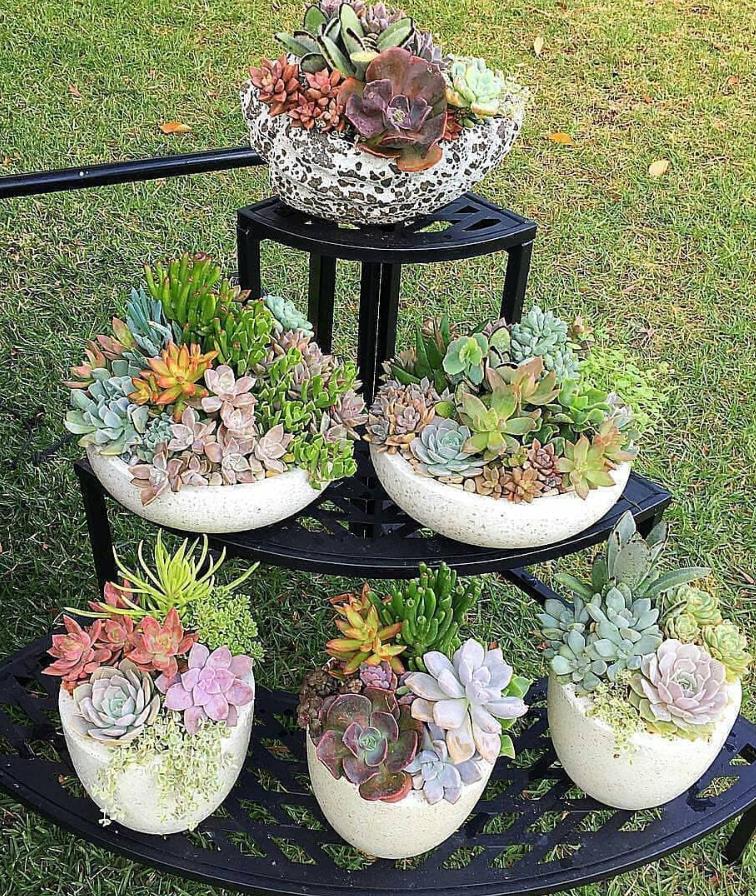
3,Over watering or prolonged drought
It’s easy for us to understand that too much watering will cause damage to the fleshy roots. The fleshy roots are fleshy roots. When the soil humidity is too high, it’s easy to cause rotten roots due to water accumulation. But in fact, if we don’t water the fleshy roots for a month or two, the dry time will be too long, too many times, and the fleshy small roots will die because of dry up, and the fleshy ones will also die Roots cause damage.

Suggestion:
If you want to water the fleshy soil, you need to water it after the soil is dry. Occasionally, there is no problem in controlling the water, but over controlling the water for a long time will cause serious damage to the fleshy root system, which needs special attention of new friends who contact with fleshy soil.
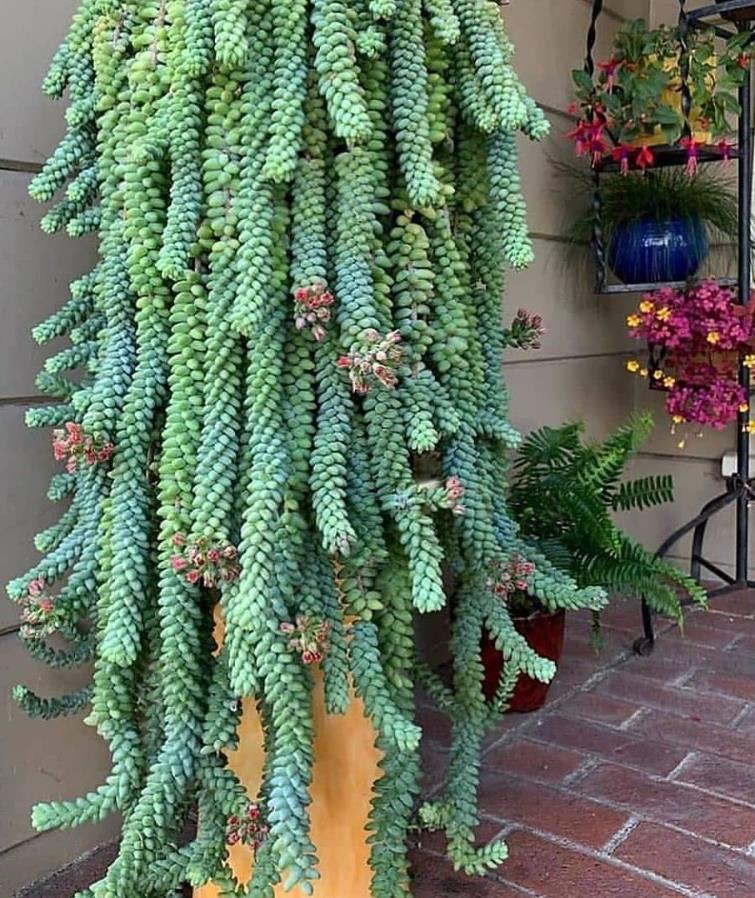
Little trick:
watering along the flowerpot for 4 weeks can induce the fleshy roots to grow deeper and further. Moreover, keeping the watering and humidity uniform can make the fleshy roots evenly distributed in the soil, which is very helpful for the free respiration and nutrient absorption of roots.
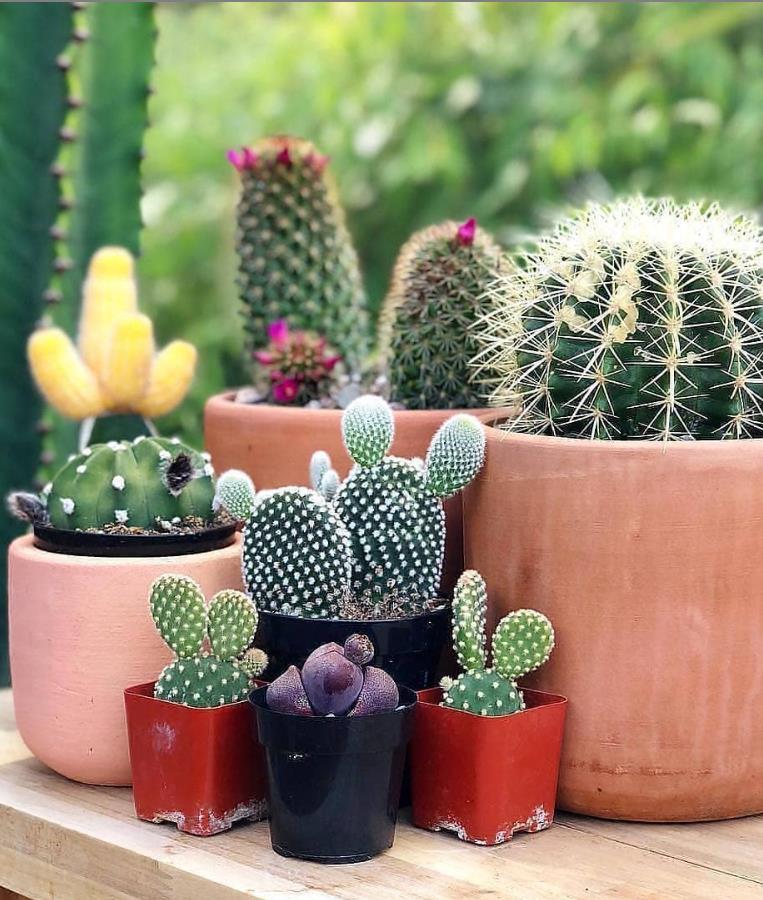
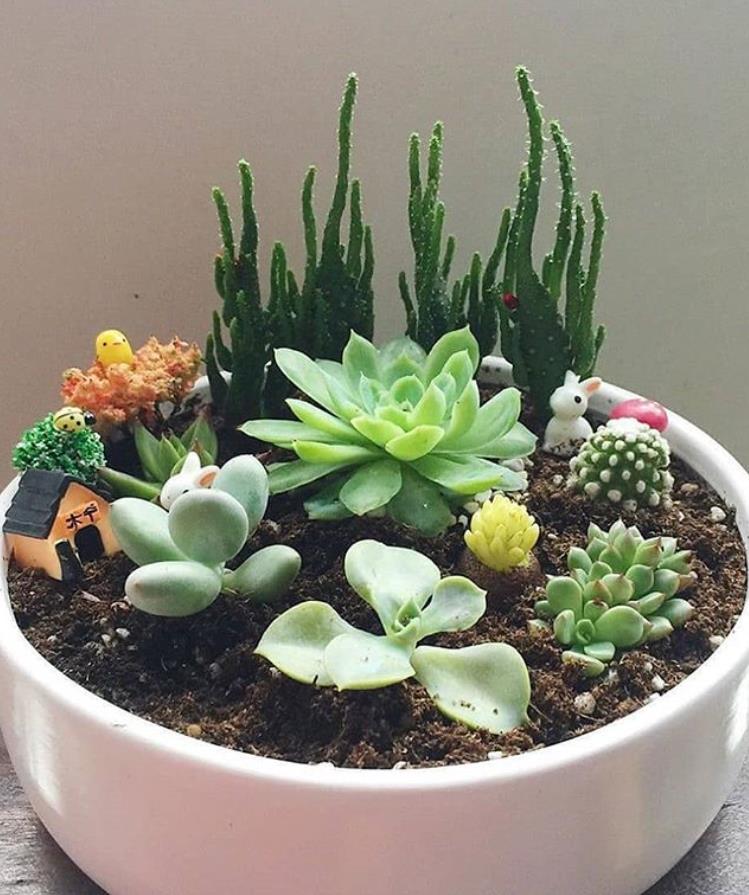
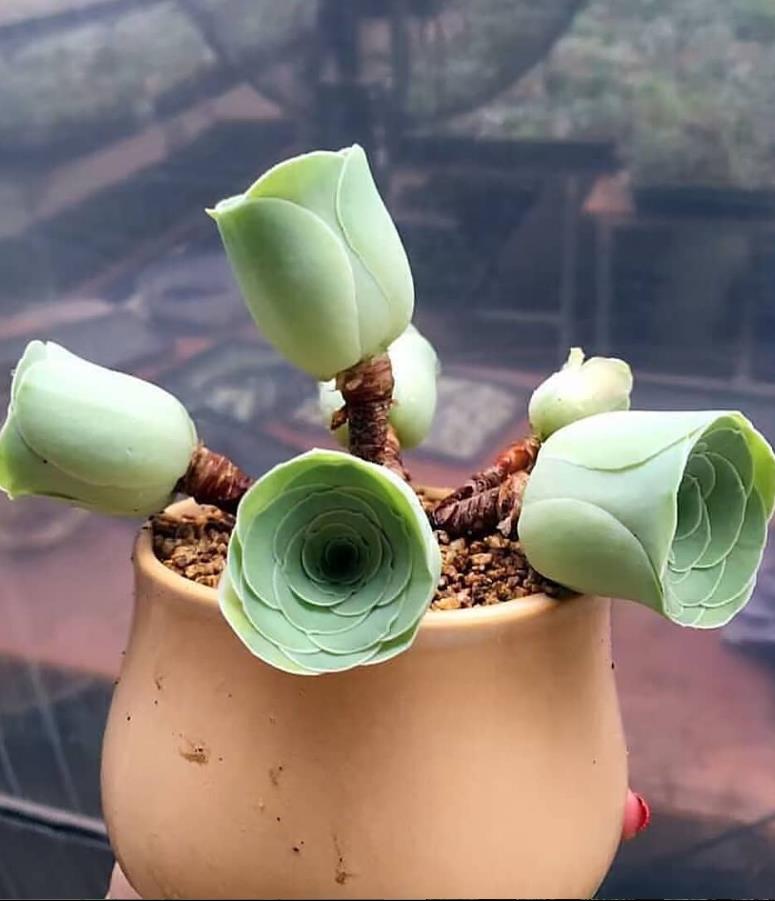
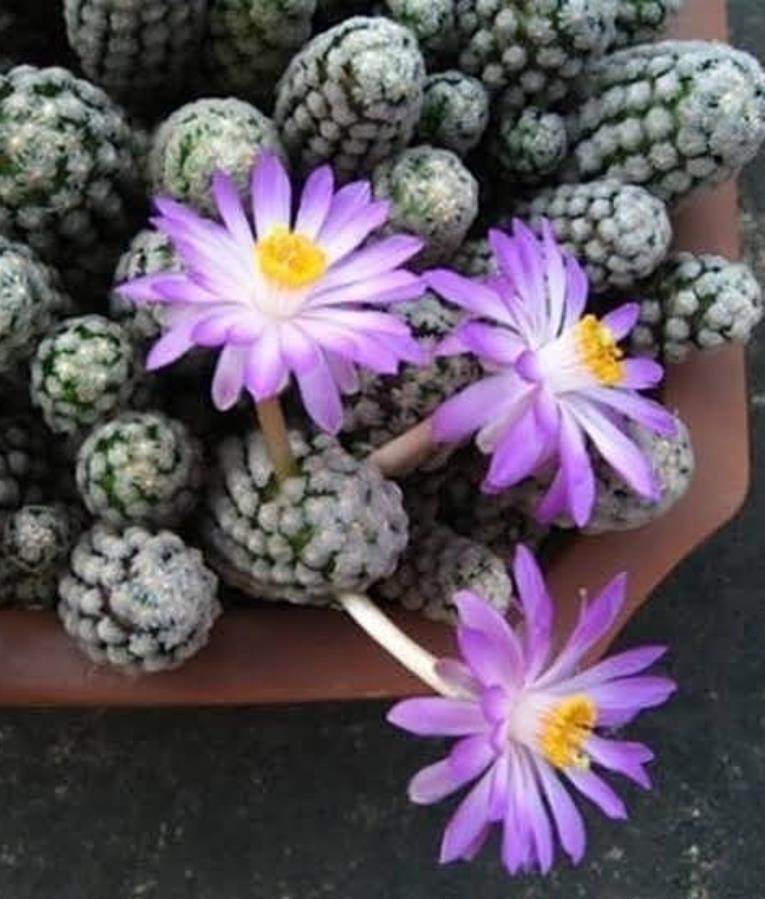


4,Over fertilization
Excessive fertilization will also lead to succulent plants burning roots, which is not only related to the amount of fertilizer we apply, but also to the location of fertilization and the variety of fertilizer we choose.
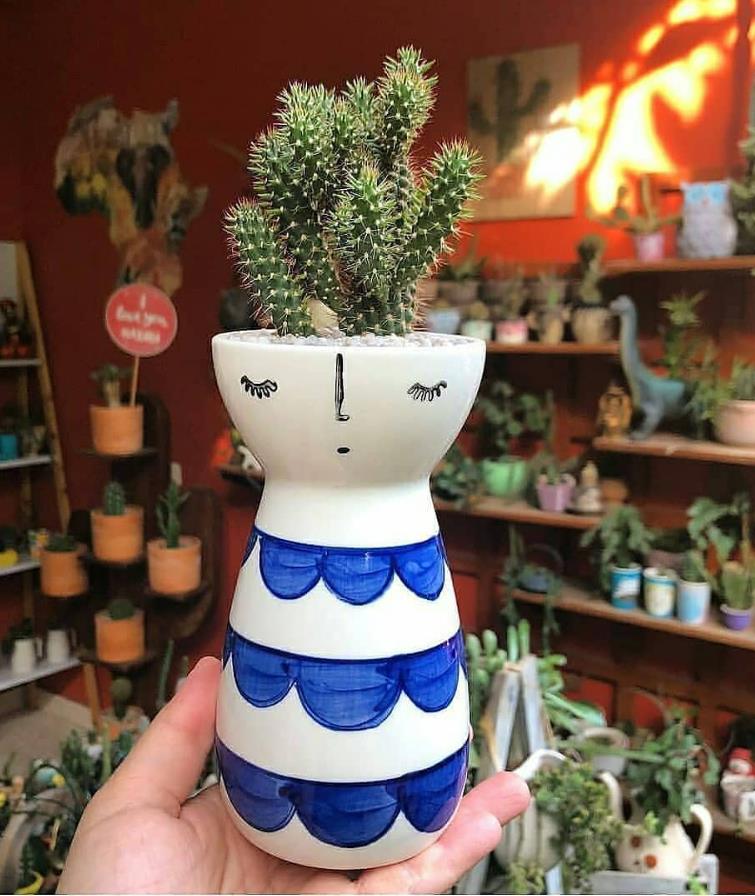
Suggestion:
To fertilize the fleshy plants, it’s better to choose the nutrient solution with moderate fertilizer effect, and fertilize not too frequently, fertilize once every 20 days to a month at most, and not more than twice a month. When fertilizing, do not directly pour the fertilizer on the fleshy plants. It’s better to fertilize along the four walls of the flowerpot, so that the fertility can slowly penetrate into the fleshy roots through the soil.

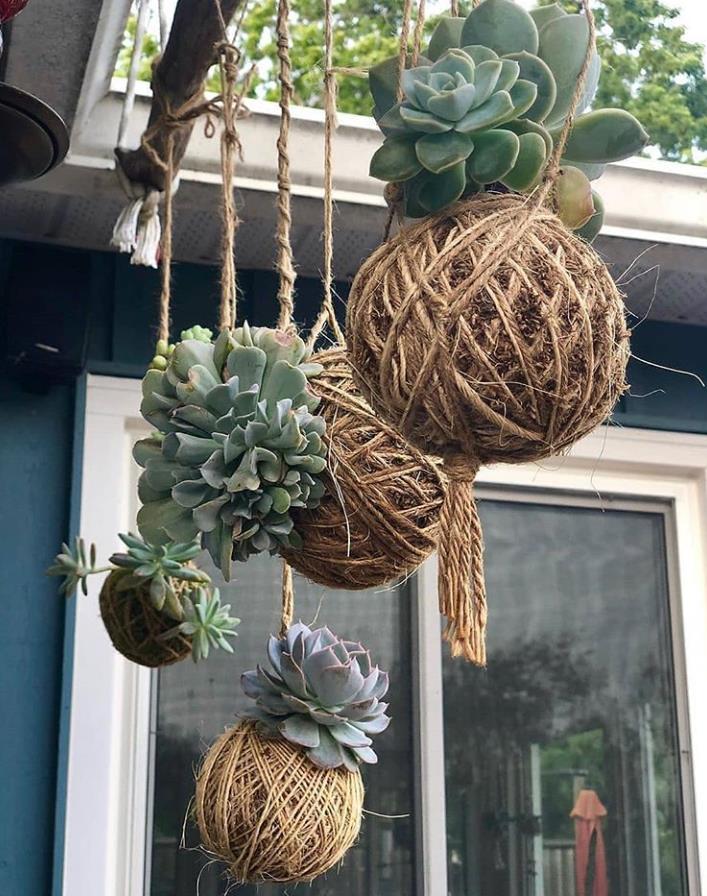
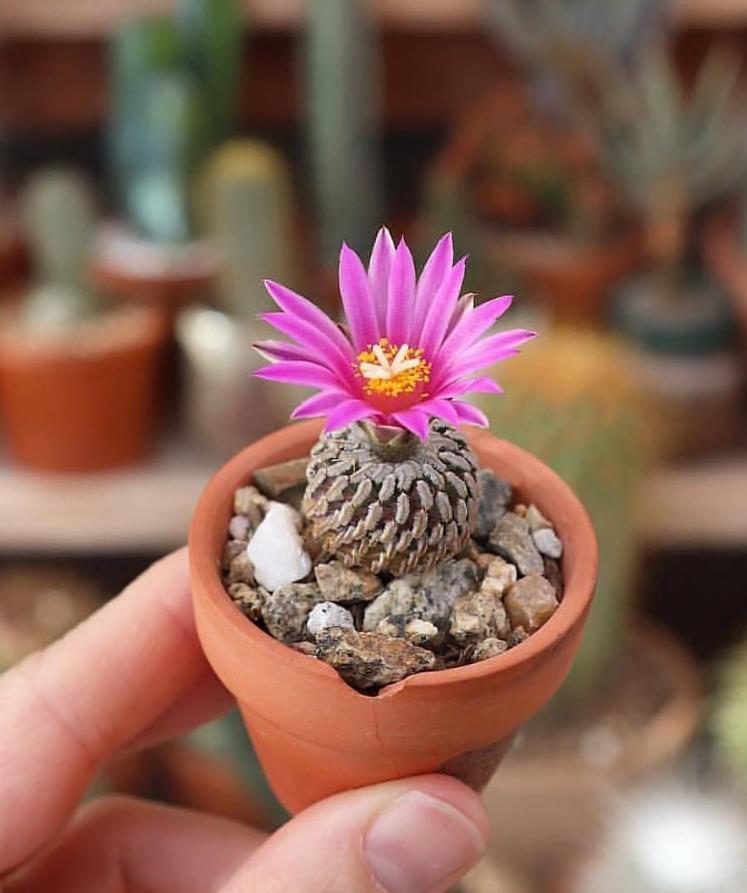
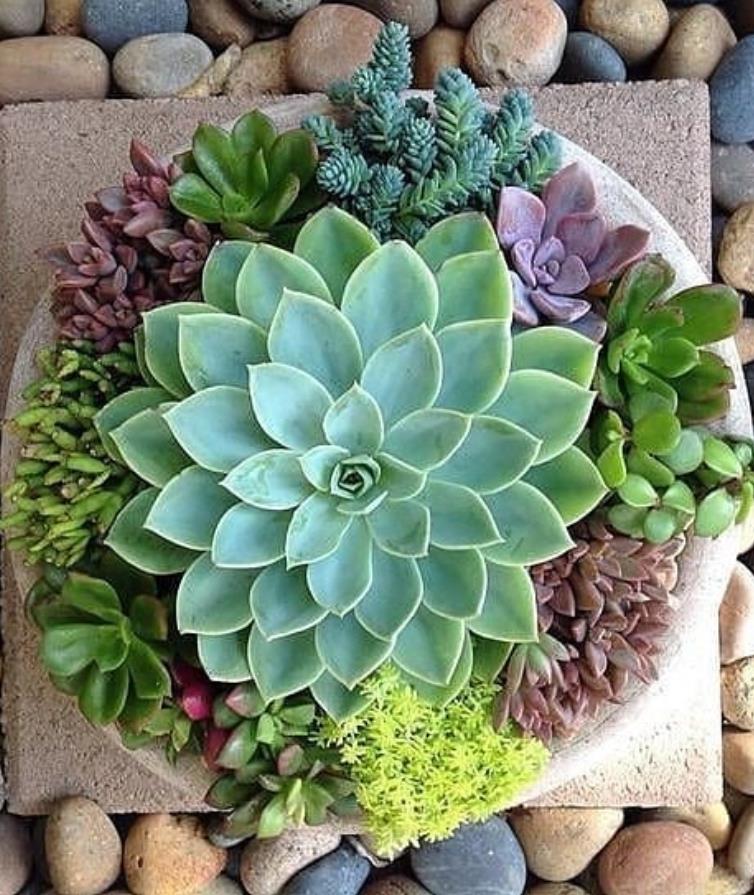
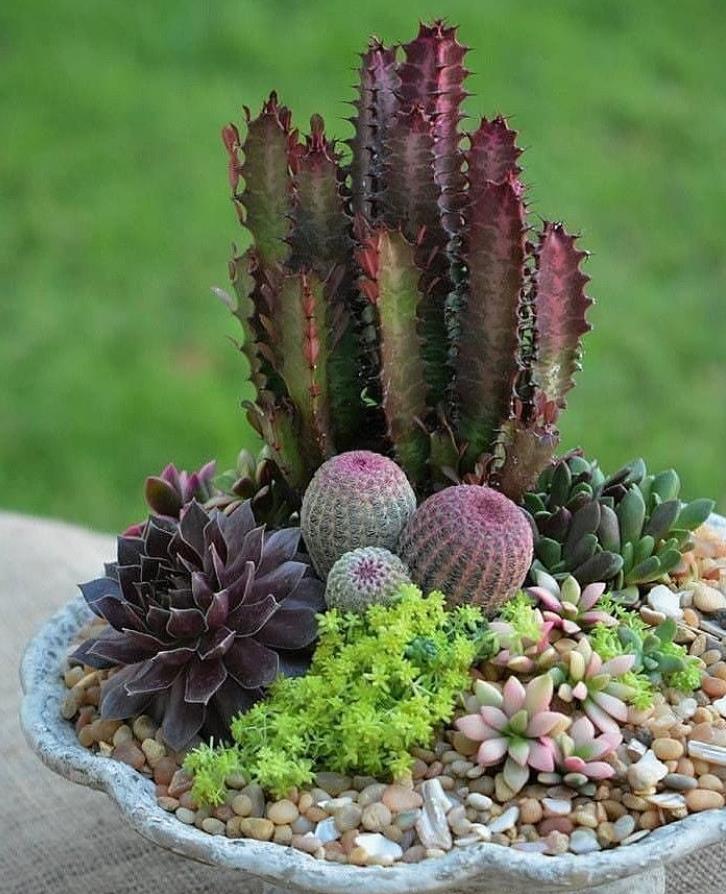
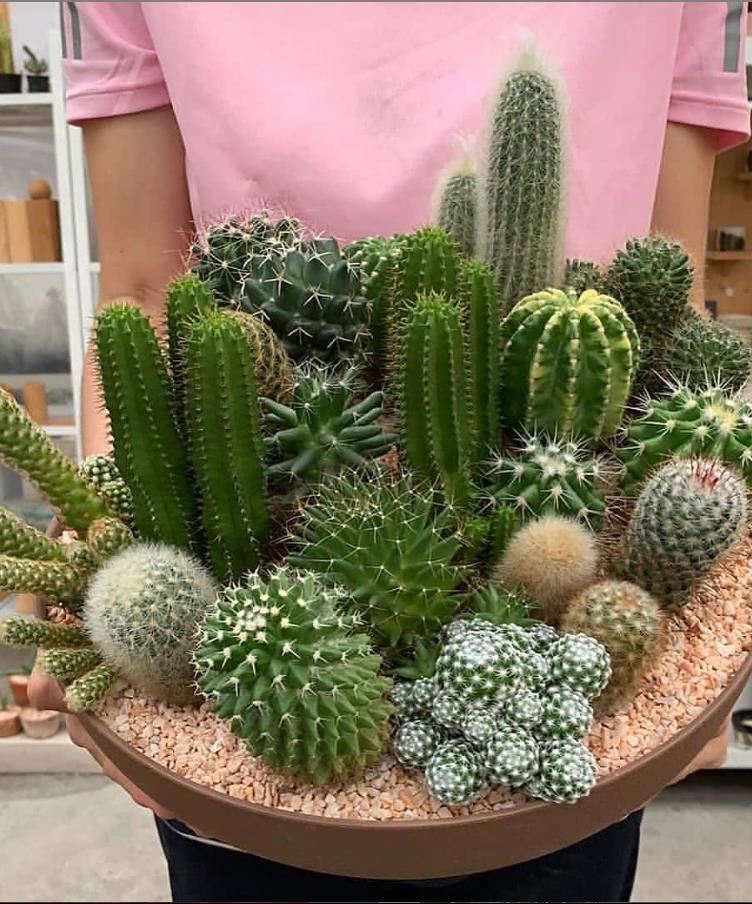
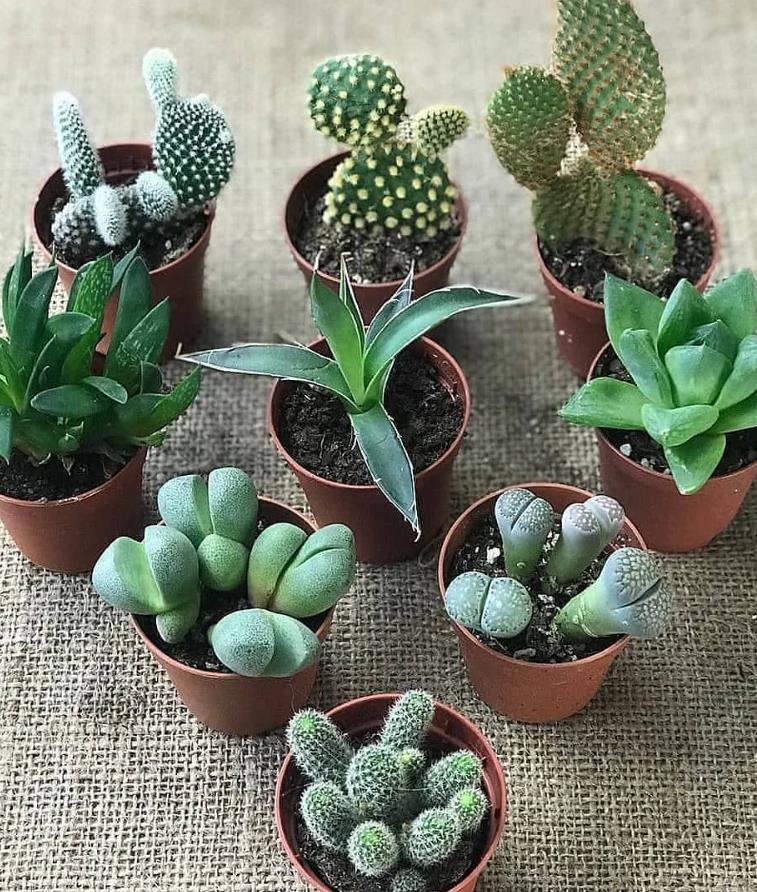
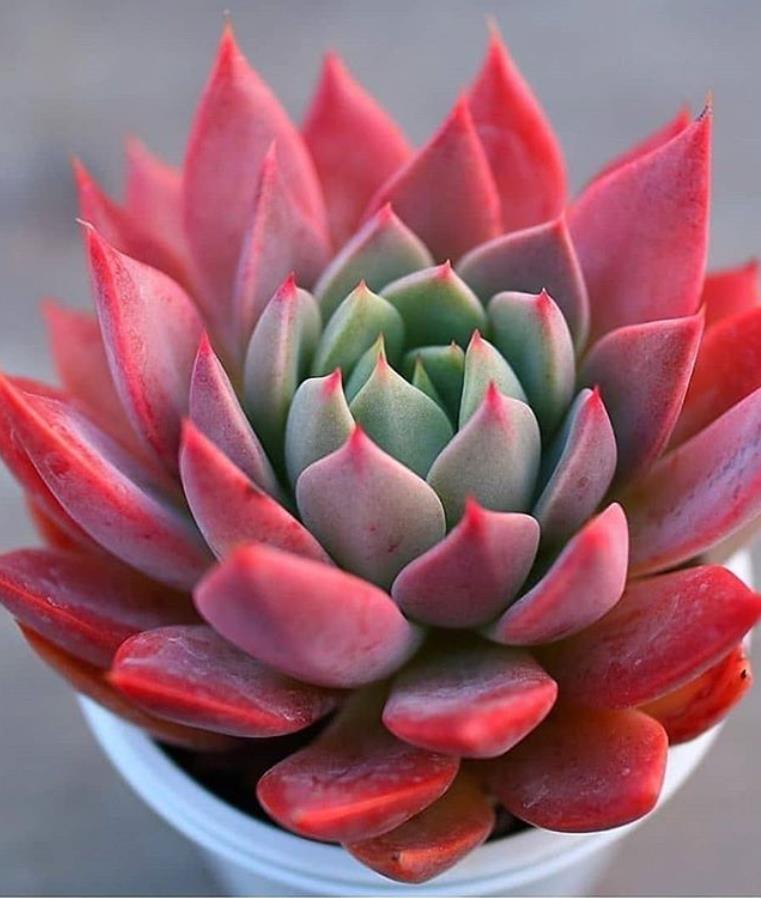

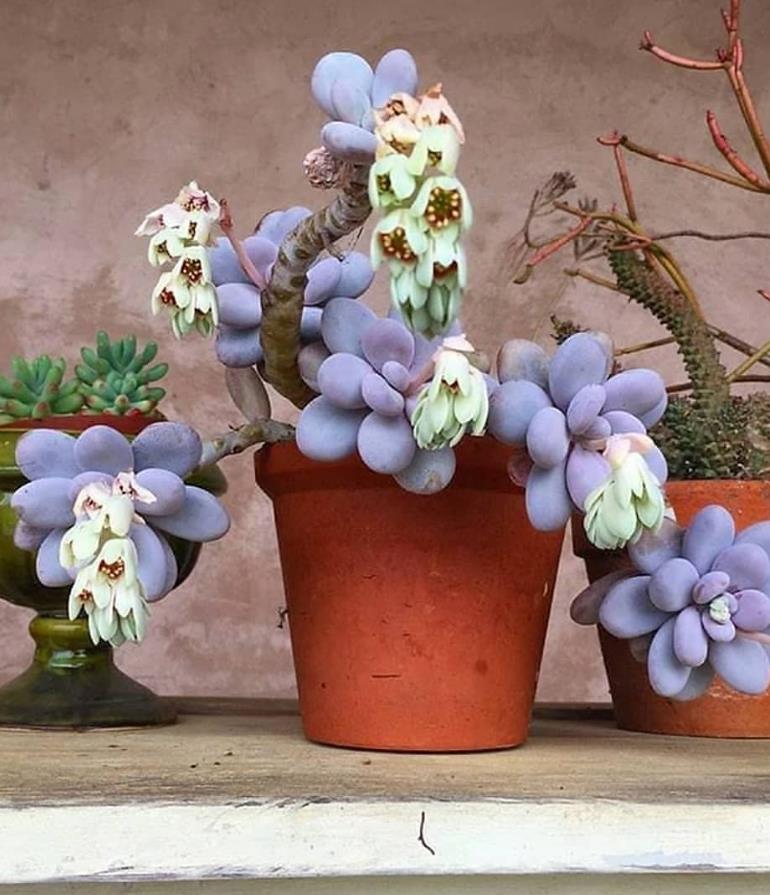
Conclusion:
If we want to raise succulent plants, we must first take good care of its root system. If we often turn over the soil, water too much, soil is thick and fertilize too much, it is easy to cause damage to its root system. We must control our hands and treat it with common heart, so that it is easier to raise succulent plants .
